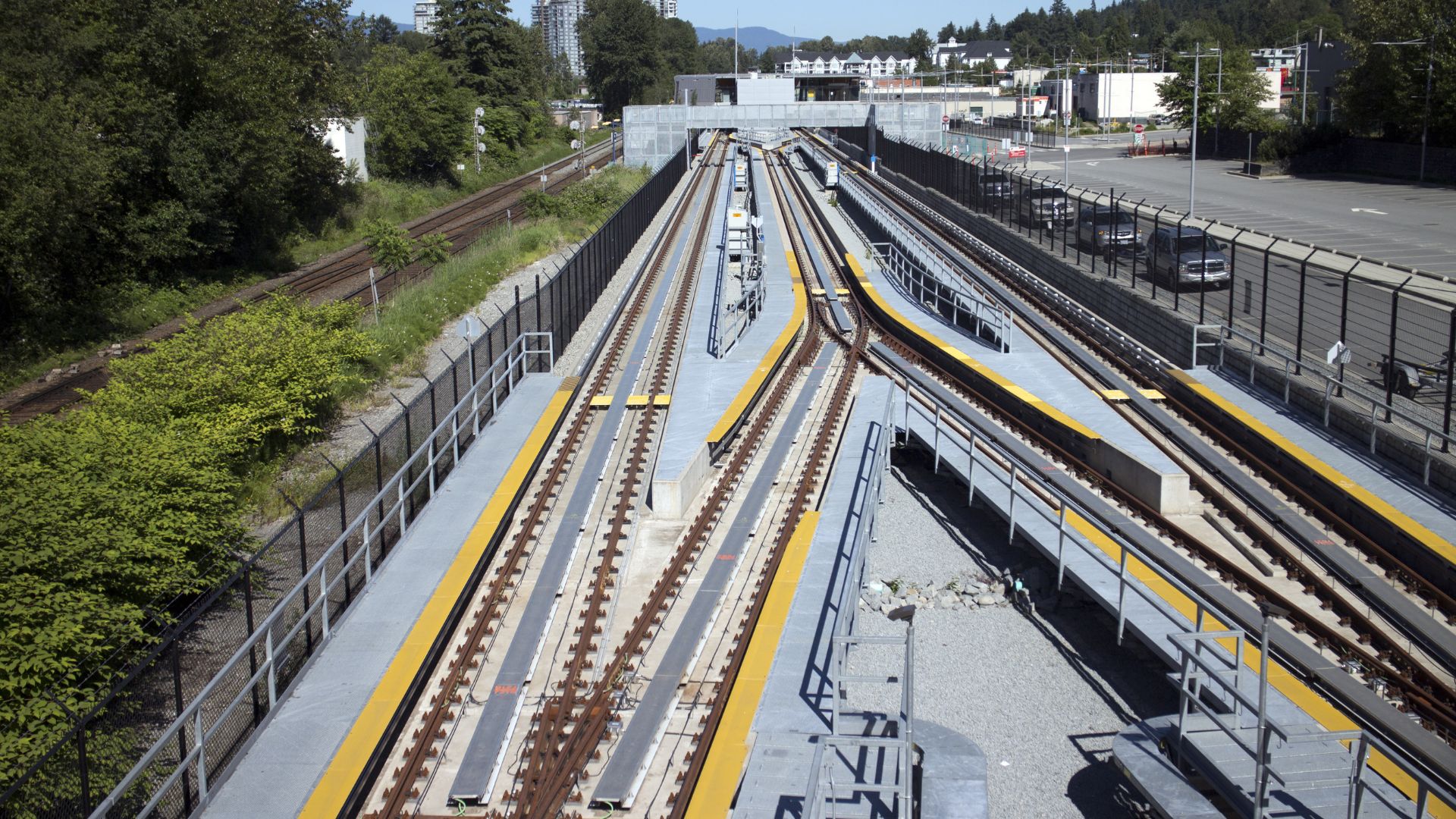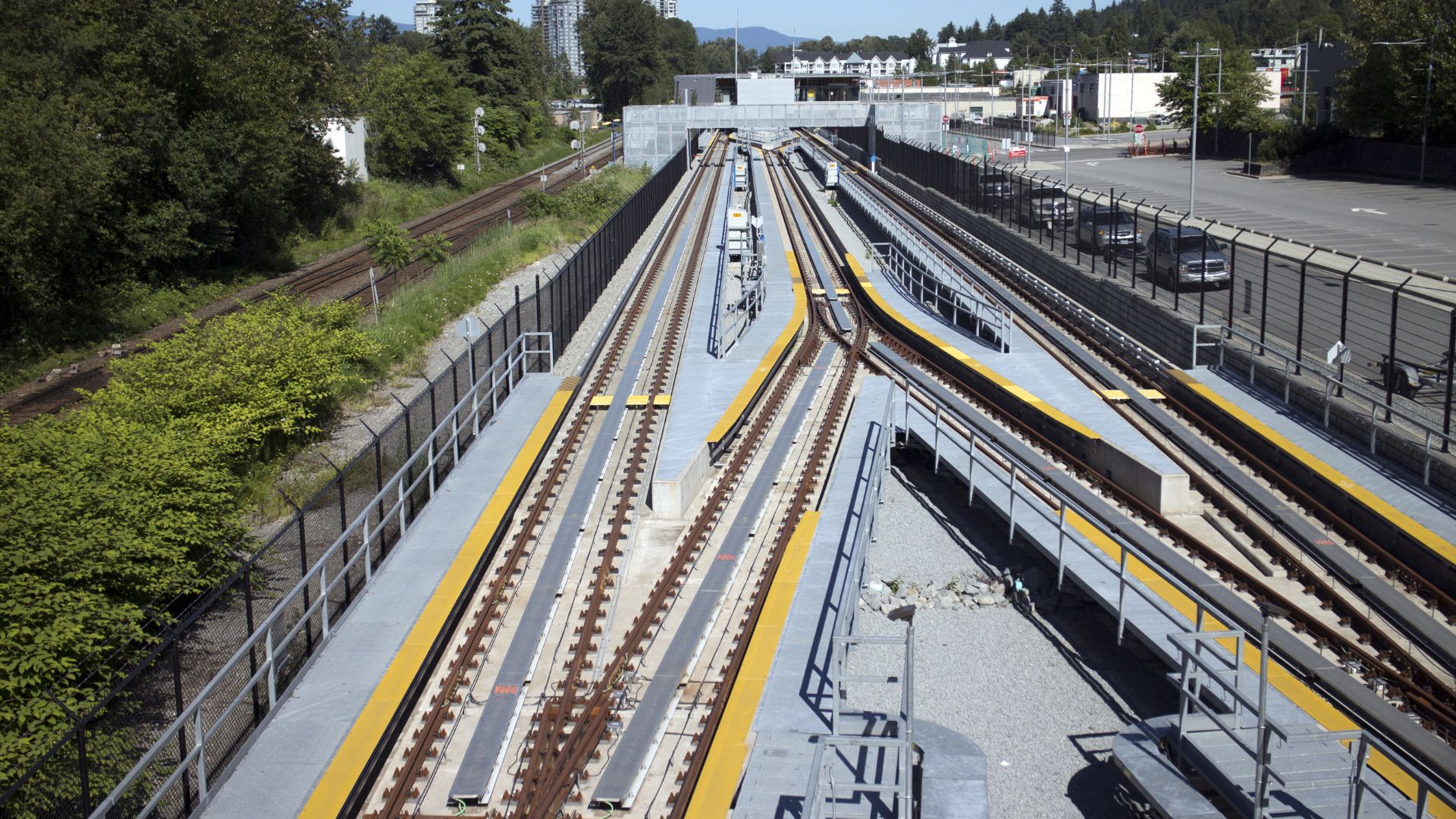Top 10 Futuristic Public Transit Systems Transforming Cities

Public transit is undergoing a revolution as cities embrace cutting-edge technologies to improve efficiency, sustainability, and accessibility. From high-speed trains to autonomous shuttles, futuristic transit systems are reshaping how people move within urban environments. Below are ten of the most exciting public transit innovations transforming cities worldwide.

- Hyperloop – Proposed by Elon Musk, Hyperloop systems use magnetic levitation to propel passenger pods through low-pressure tubes at speeds exceeding 600 mph. Projects in the U.S. and Europe are exploring feasibility.
- Autonomous Buses – Cities like Singapore and Helsinki are testing driverless electric buses that operate on fixed routes, reducing costs and improving safety.
- Maglev Trains – Magnetic levitation trains, like those in China and Japan, eliminate friction and achieve speeds over 300 mph, making rail travel faster and more efficient.
- Underground Car Tunnels – The Boring Company’s Loop system proposes high-speed underground tunnels for electric cars, reducing surface congestion.
- Aerial Cable Cars – Urban gondola systems, such as those in Medellín and La Paz, offer a cost-effective way to navigate hilly terrains while reducing traffic.
- On-Demand Public Transit – Cities are integrating ride-sharing algorithms into public transport, allowing flexible bus routes that adjust based on passenger demand.
- Electric Highways – Some highways in Sweden and Germany are being equipped with overhead electric lines that charge buses and trucks as they drive.
- Waterborne Public Transit – Hydrogen-powered ferries and electric boats are emerging in cities like Stockholm and San Francisco to provide eco-friendly alternatives to road congestion.
- Personal Rapid Transit (PRT) – Small, automated electric pods, like those in Masdar City, UAE, provide personalized public transit on demand.
- Bike-Share Integration – Smart city projects are expanding e-bike and scooter-sharing networks, integrating them with transit hubs for seamless urban mobility.

As these innovations continue to develop, public transit will become faster, cleaner, and more efficient, reducing reliance on private cars and helping cities meet sustainability goals.

